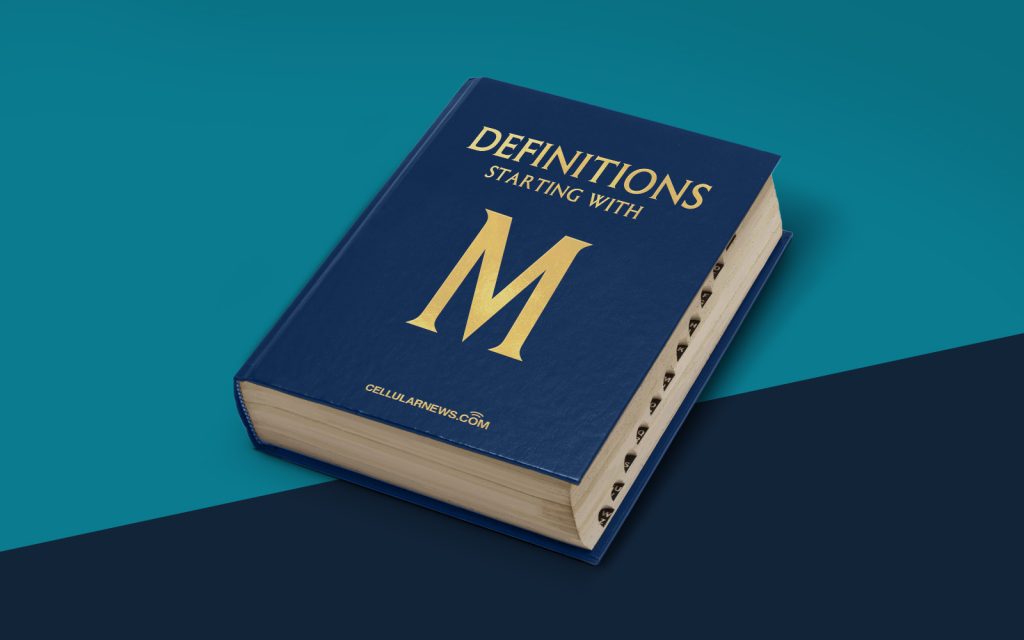
Exploring the realm of Multiple Regression
Welcome to the “DEFINITIONS” category, where we demystify complex terms and concepts in a simple and understandable way. Today, we are going to dive into the world of Multiple Regression. So, what is Multiple Regression, and why is it important?
Key Takeaways:
- Multiple Regression is a statistical technique used to understand the relationship between a dependent variable and two or more independent variables.
- It helps us predict and analyze how changes in multiple independent variables impact the dependent variable.
Multiple Regression is like a detective’s toolkit in the world of statistics. It allows us to unravel the mysteries hidden within datasets, uncovering relationships and making predictions. Here, we aim to provide you with a comprehensive understanding of Multiple Regression.
Defining Multiple Regression
Multiple Regression is a statistical analysis technique used to study the relationship between a dependent variable and two or more independent variables. It helps us understand how changes in the values of the independent variables affect the dependent variable.
Think of Multiple Regression as a way to answer questions like:
- How does education level, work experience, and age affect an individual’s salary?
- What factors influence customer satisfaction in an online shopping experience?
- How does advertising spend, website traffic, and social media engagement impact product sales?
By analyzing multiple independent variables, we can gain valuable insights and make meaningful predictions.
How Does Multiple Regression Work?
Now that we have a basic understanding of what Multiple Regression is, let’s explore how it works.
- Formulate a hypothesis: Before conducting a Multiple Regression analysis, we need to formulate a hypothesis. This hypothesis states the expected relationship between the dependent variable and the independent variables.
- Collect and organize data: Next, we gather data that includes values for the dependent variable and multiple independent variables.
- Assess the data: We then examine the data for any outliers, missing values, or potential issues that may impact the analysis.
- Build the regression model: Using statistical software, we construct a regression model that allows us to examine the relationship between the dependent variable and the independent variables.
- Analyze the results: We interpret the results of the regression analysis, including the coefficients, p-values, and the overall fit of the model.
- Draw conclusions and make predictions: Based on the findings, we draw conclusions about the relationship between the variables and make predictions about the dependent variable’s values.
Multiple Regression provides us with a powerful tool to analyze complex relationships between variables and make informed decisions based on the results.
Conclusion
Multiple Regression is an essential statistical technique that helps us understand and predict the relationship between a dependent variable and multiple independent variables. By leveraging this tool, we can uncover valuable insights, make informed decisions, and develop accurate predictions. So the next time you encounter a dataset with multiple variables, don’t fret! Embrace the power of Multiple Regression and unravel the mysteries it holds.
